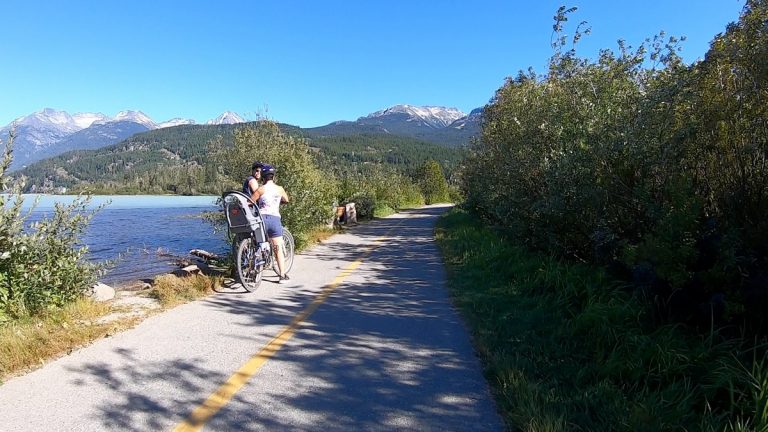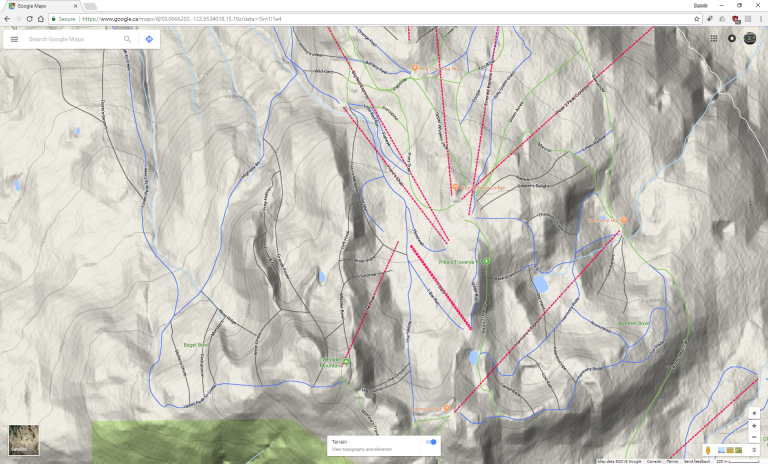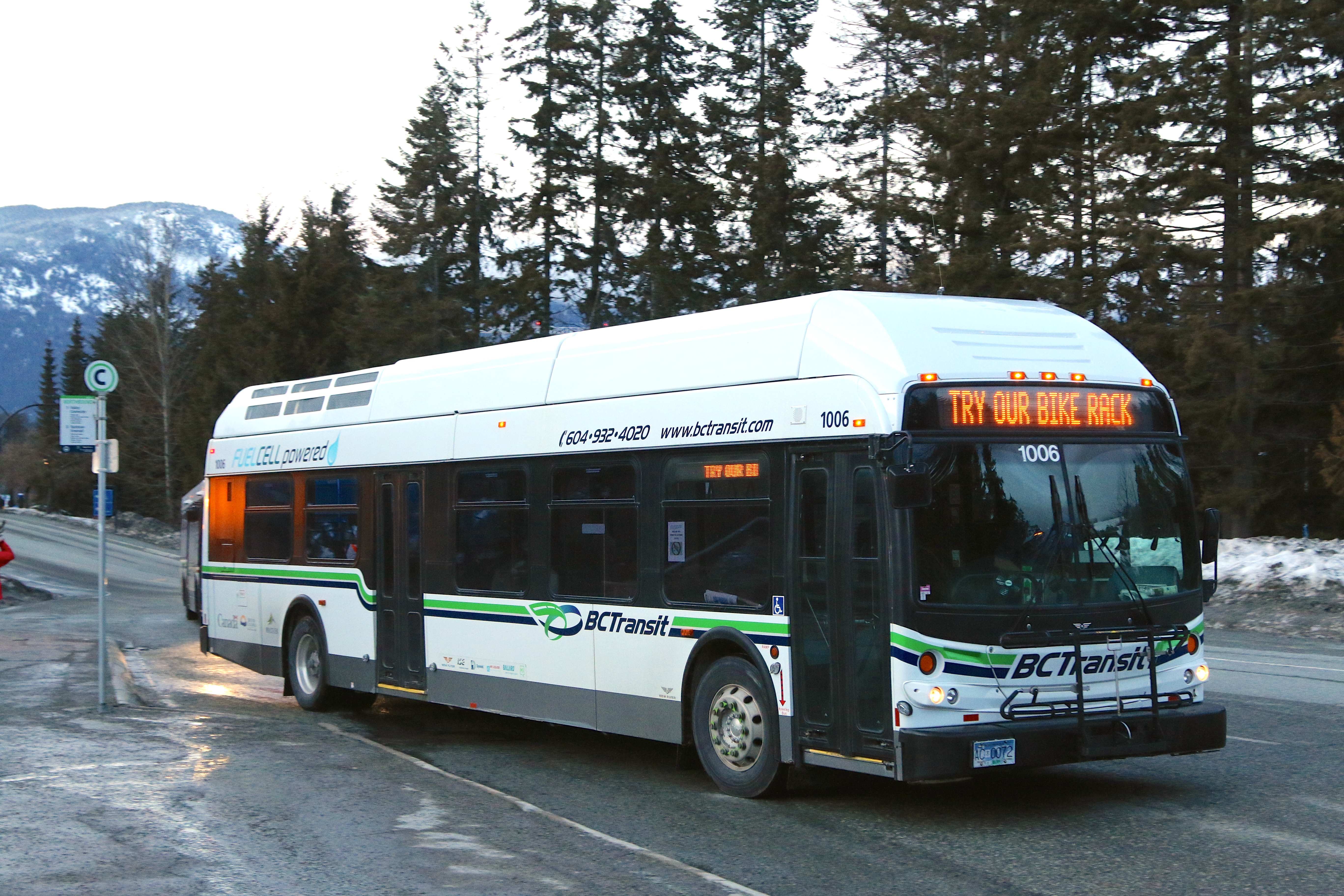The Valley trails in Whistler, B.C. provide over 40km of maintained multi-use trails connecting Whistler Village to Green Lake to the north, and Function Junction to the south. The trails are a mixed of gravel and paved paths which make cycling on them easy for anyone. The trails run through different settings such as within forested areas, alongside a road or lake, or in a meadow like along the hydro cut. The shade provided by the trees along most of the trails make the bike ride reasonably comfortable especially on a warm summer day. Here are a couple time lapsed Continue Reading
whistler
Driving the Sea to Sky highway (southbound)
Last year, I uploaded a dashcam video of the Sea to Sky highway driving northbound. Here is now the video in the opposite direction on a nice summer evening.
Driving the Sea to Sky Highway
The Sea to Sky highway (BC Highway 99) from Vancouver to Whistler is one of my favourite drives. It is both picturesque, and fun to drive with all the twists and turns. On this beautiful autumn day, I was heading to Whistler to check out the Turkey Sale, and was able to finally capture the drive in great weather conditions. Update: The dashcam video of the southbound journey is now available.
Whistler Ski Run Topographic Map
Whistler Blackcomb is pretty big, so one would usually look at a map to find suitable runs. What is provided in the “Mountain Atlas” looks nice and mostly works, but for map geeks is there anything better? Turns out that Google Maps conveniently has the ski runs in its map. But there’s more: Google Maps in Terrain mode shows the contour lines like a topographic map!
The end is near for Whistler’s hydrogen fuel cell buses
In one week, Whistler’s fleet of hydrogen fuel cell buses will be parked as their five-year pilot project ends. Nova Bus diesel buses will be replacing them as of April 1st, 2014. The fleet of twenty buses is currently the largest fleet of hydrogen fuel cell buses operating in the world. The fuelling station for the fleet is also the world’s largest hydrogen filling station. The hydrogen fuel cell buses were brought to Whistler by a five-year demonstration project sponsored by the federal, provincial and municipal governments, and the Canadian Hydrogen and Fuel Cell Association. The buses arrived in late Continue Reading




